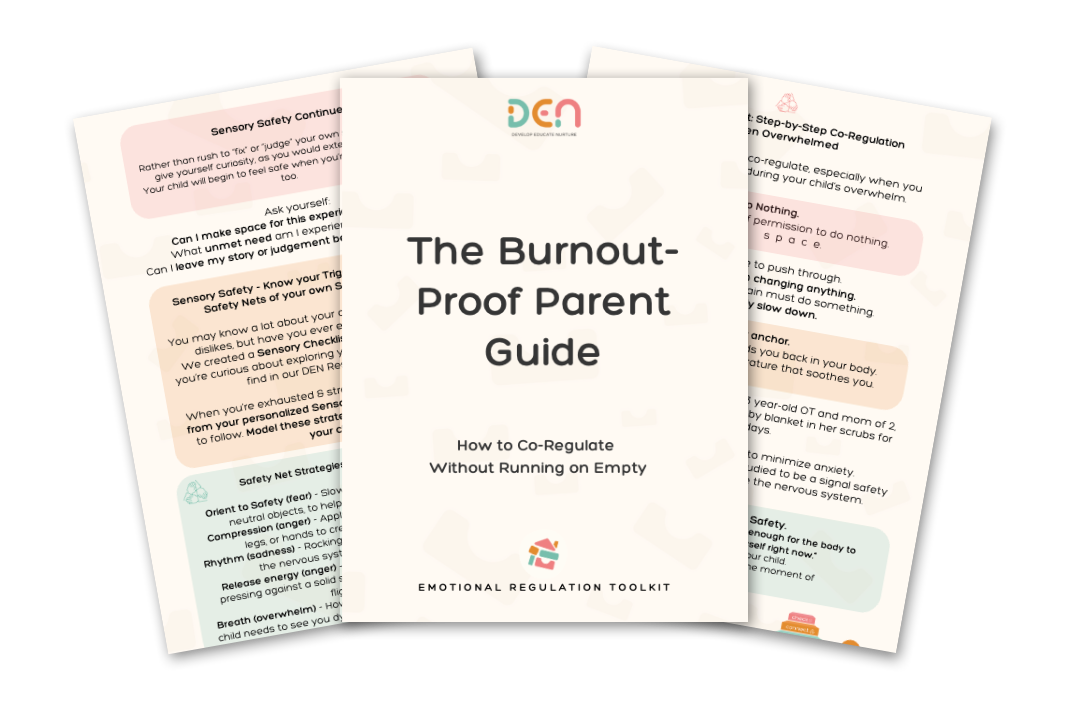Yelled at Your Child? Here’s Exactly What to Say to Repair and Reconnect
Yelled at Your Child? Here’s Exactly What to Say to Repair and Reconnect
Blog 3 of the Burnout Series
If you've ever yelled and immediately felt guilt or shame crawl up your spine, you're not alone. You’re not a bad parent. You’re likely an overwhelmed human with a nervous system that hit its edge.
Repairing after yelling isn’t just “damage control”—it’s one of the most powerful parenting tools you have. This blog will show you why, plus exactly what to say to your child after a rupture.
We know there's a lot on your mind. That's why we will always give you the gist of what’s inside:
- Why yelling happens—even with the best of intentions
- How your child’s nervous system reacts when you raise your voice
- What to say after you yell to rebuild safety and connection
- Repair scripts for parents of young kids, older kids, and teens
- Specific sensory-aware support ideas for kids in fight, flight, or freeze
Let's get to it!
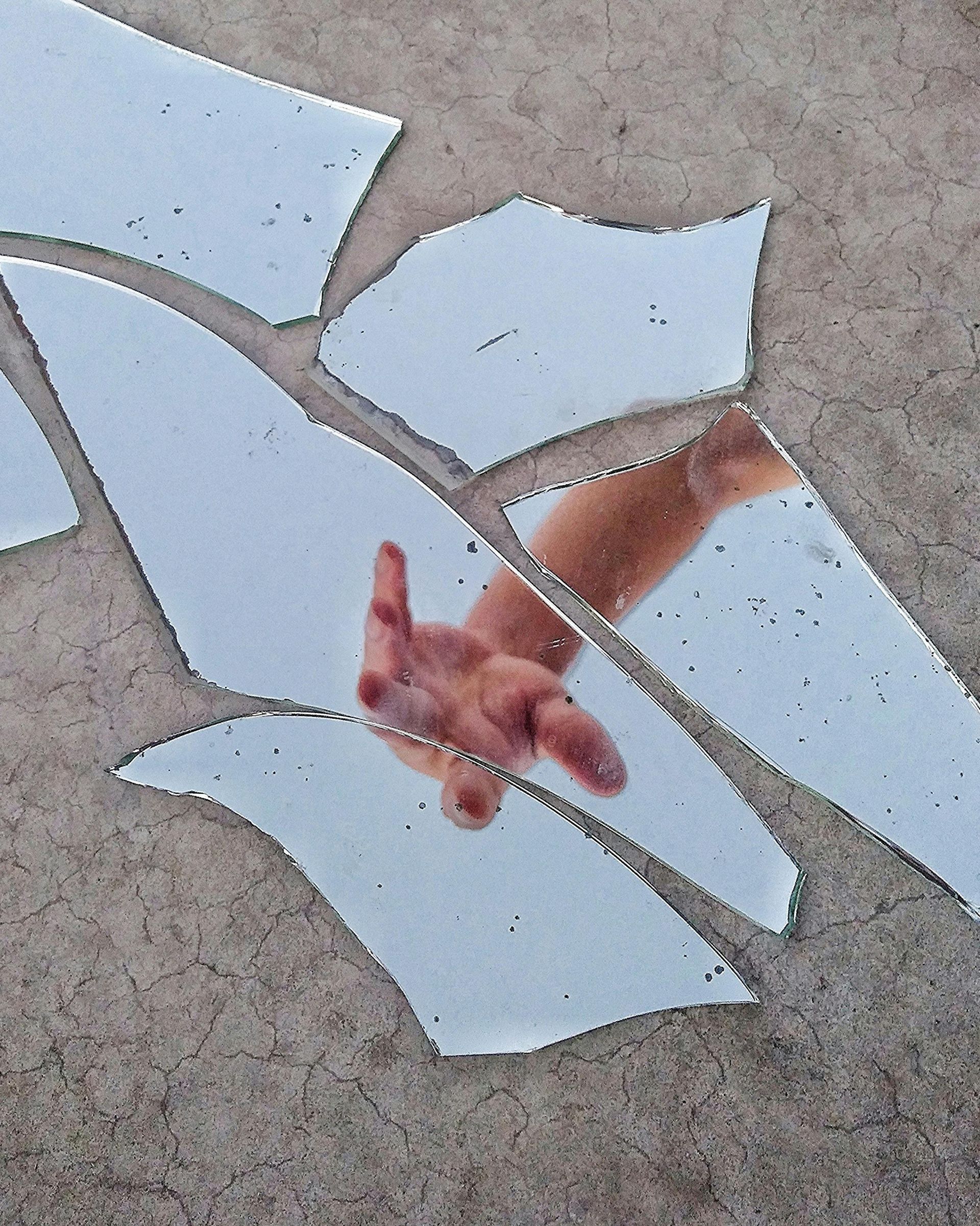
Why Parents Yell and What It Really Says About Your Nervous System
You’ve read the books. You’ve taken the breaths. You’ve whispered the scripts 50 times before.
And still... you found yourself yelling.
Staying calm isn’t always possible, especially when you’re burnt out, dysregulated, and/or sensory overloaded.
What is possible? Learning how to repair after rupture.
Why? Emotionally resilient children who see repair modeled become adults with higher self esteem, self-advocacy skills and have healthier relationships with others.
It's time to cut through the shame and try asking, “What was my nervous system trying to say in that moment?”
Repair is the antidote to rupture. And it’s something you
can model, even and
especially when you lose it.
What Happens to Your Child’s Nervous System When You Yell
When you yell, your child’s body receives it as a threat, not as discipline. They aren't showing disobedience or disrespect. Their nervous system is going into protection mode.
Let’s look at common nervous system responses in kids:
🔥 Fight
- Yells back, slams doors, clenches fists
- Rooted in feeling powerless or scared
- Nervous system says: “I need to fight to protect myself.”
🏃 Flight
- Runs away, hides, or avoids eye contact
- Nervous system says: “Escape is safer than staying.”
❄️ Freeze
- Goes silent, zones out, appears shut down or spacey
- Nervous system says: “If I disappear, maybe this will pass.”
⚠️ These are not signs of bad behavior—they’re survival responses. Repair helps bring your child back to a place of felt safety.
What to Say After You Yell: Age-Appropriate Repair Scripts
Repair doesn’t require perfect words—it just requires honesty, presence, and softness.
For Younger Kids:
“Mommy got really loud. That was scary, huh? I’m sorry. I love you, and I’m right here.”
“I used a big voice. That wasn’t okay. You didn’t do anything wrong.”
For Older Kids/Teens:
“I yelled, and I wish I hadn’t. I was overwhelmed. You didn’t deserve that.”
“I’m still learning how to pause. I’m sorry. Let’s try again.”
For all ages, remember low and slow: minimize talking, slow down your talking speed, lower your eye level to their eye level and offer a safe distance if they need space.
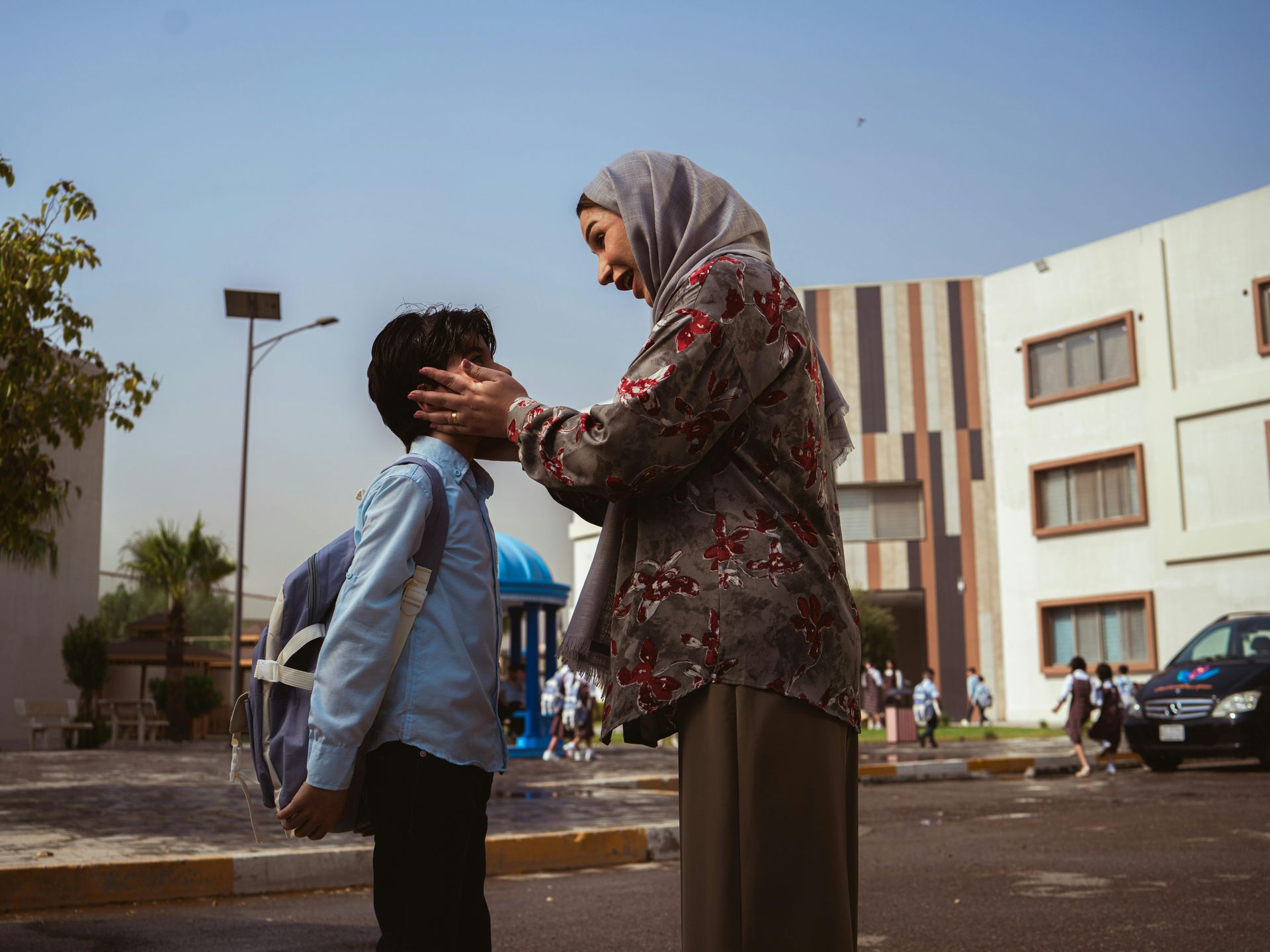
Repair is the antidote to rupture. And it’s something you can model, even and especially when you lose it.
Sensory-Informed Support: What to Do Based on Your Child’s Reaction
Unlike a generic script, sensory-informed support depends on your specific experience. Your child will tell you so much about themselves and what they need from you to repair, but they likely won't use words. Your openness, curiosity, and observations will guide the next steps.
💢 If Your Child Fights Back
- Keep your tone low and calm
- Don’t try to “match” their energy—ground instead
- Script:
“I see how upset you are. I’m not going to yell again. We’re safe now.”
“Let’s take space and come back when it feels better.”
🚪 If Your Child Flees the Room
- Let them retreat without chasing (unless safety is compromised)
- Don’t demand reconnection immediately
- Script:
“You’re safe to take a break. I’ll be right here when you’re ready.”
“I see you needed space. I’ll check in soon.”
🧊 If Your Child Freezes or Shuts Down
- Lower the lights, lower your voice, soften your presence
- Avoid pushing for a response
- Script:
“I can see you’re quiet right now. That’s okay. I’ll sit with you.”
“You don’t have to talk. I'll be here when you're ready.”
What Repair Teaches Your Child
When you model repair, you’re doing more than making amends; you’re shaping your child’s social and emotional skills now and for their future relationships.
They learn so many truths from your leadership following conflict.
- How to apologize & be accountable
- Conflict doesn't have to be dangerous
- Mistakes don’t equal abandonment
- Responsibility is safe, not shameful
- Relationships can bend and still hold love
This is emotional regulation in action and studies show this is how children learn best. You’re not teaching them to avoid big feelings—you’re showing them how to return to connection after rupture.
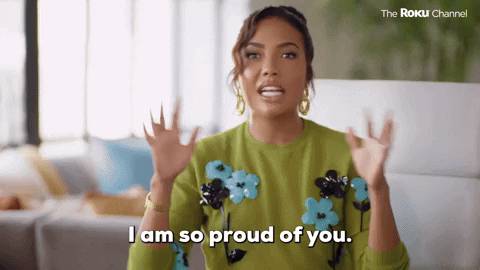
You’re Not a Bad Parent
If you’ve yelled… and cried after… and carried the guilt all day and all night… please hear this:
You’re human—and you’re carrying a lot.
You’re exhausted—not inadequate.
You don’t need perfection. You just need one honest moment of repair.
Want More Repair Scripts & Support?
Download the Burnout-Proof Parent Guide, the free resource from DEN that gives you:
- Scripts for co-regulation and repair
- Tools to reduce emotional overload
- Support to build capacity in everyday life
And if you’re craving community support where none of this feels weird or judged?
Check out the DEN Parent Hub, where nervous system safety comes first.
Was there a line or moment in this post that resonated?
Please share with us in the comments! Your words might be the exact thing another parent needs today.
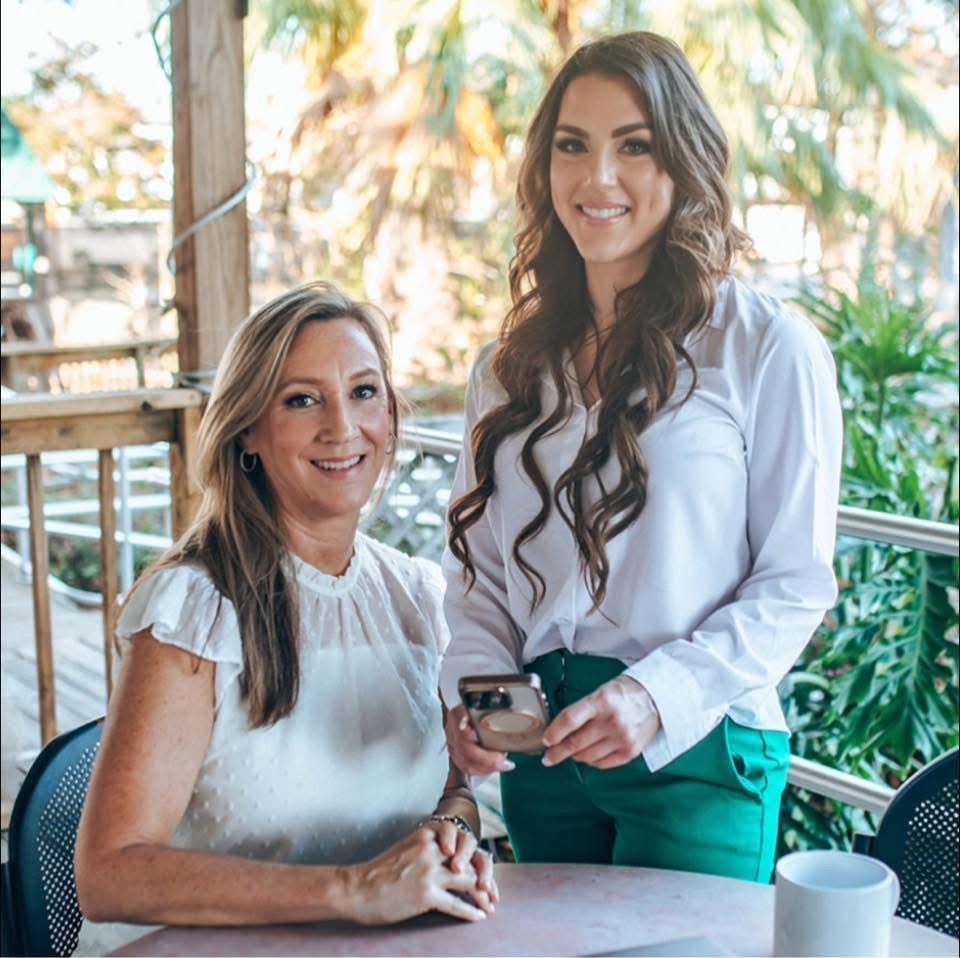
Hello! We’re Vanessa & Tina.
Parenting coaches for neurodivergent children, your parenting problem-solving besties!
The Burnout Proof Parent Guide
